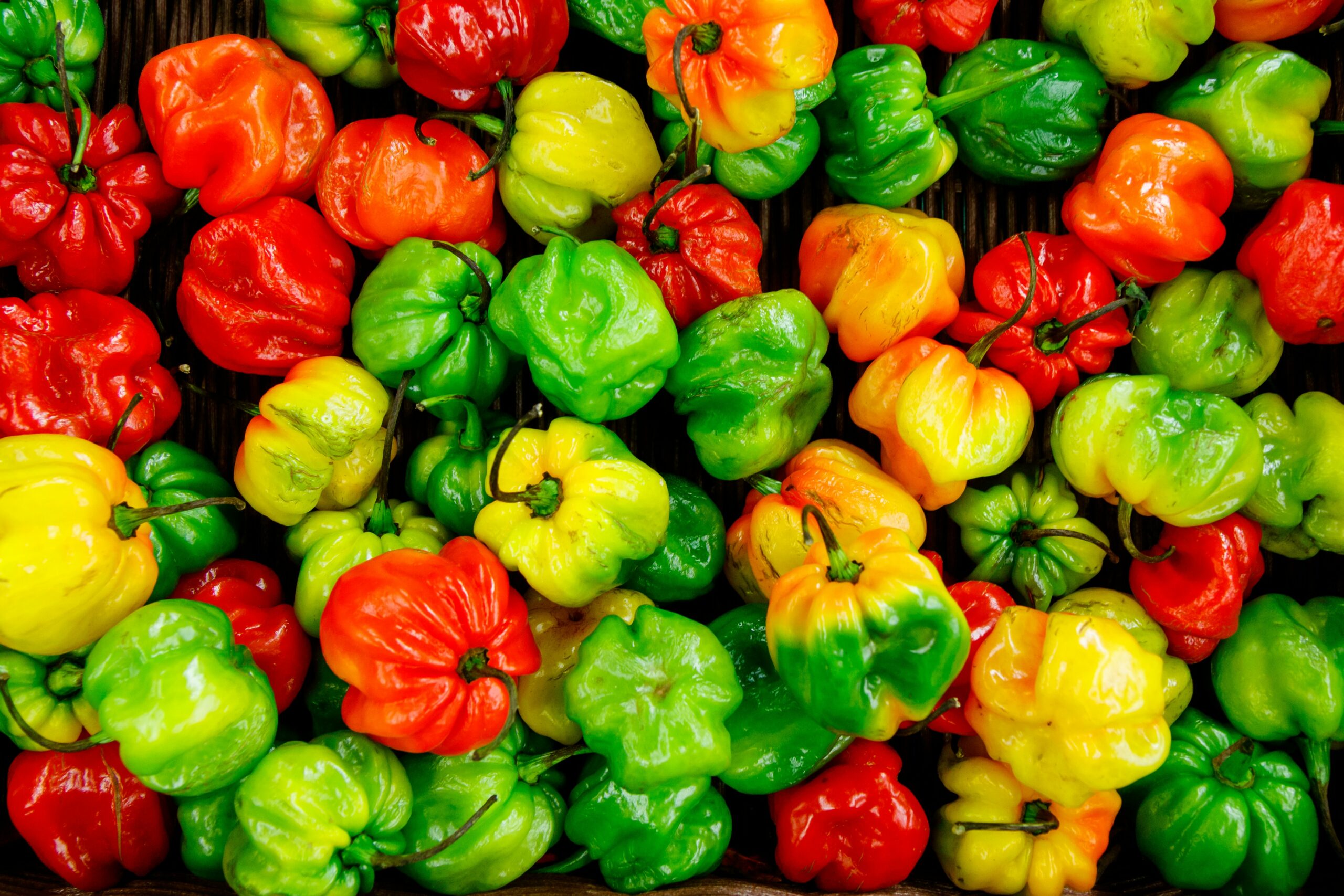Why is Indian grocery so expensive? Here are some explanations. Price levels are determined by the food manufacturing process, which includes food marketing and distribution. Food price fluctuations are caused by a variety of interconnected causes.
Indian groceries cost fluctuations are caused by a variety of interconnected causes. Geopolitical events, global demand, exchange rates, government policy, illnesses and crop output, energy costs, natural resource availability for agriculture, food speculation, changes in soil usage, and meteorological events all have a direct impact on food prices. “Why is Indian grocery so expensive” Here are the reasons that everyone needs to know.
Indian groceries cost fluctuations have a wide range of implications. Indian groceries cost increases or agflation, jeopardize food security, particularly in developing nations, and can provoke social unrest.
Let’s find out Why is Indian grocery so expensive?
Indian groceries cost will continue to grow on average for a variety of reasons. The growing global population will put more strain on supply and demand.
Climate change will increase extreme weather events such as droughts, storms, and heavy rain, and the general temperature rises will have an effect on agricultural production. In this article, we explore the best reasons behind “Why is Indian grocery so expensive”
How Much Do Basic Indian Groceries Cost in the United States?

Local market scene, buying vegetables and fruits
While most of us want to go overseas, it is difficult to get a flavor of a new place. This is why people travel to other countries to hunt for Indian Grocery Store. Though there are outlets that offer Indian grocery, they are expensive to carry home. Food inflation in India has spread to other goods and services, making it more widespread.
With that stated, a video is making the rounds on the internet that shows how much some of the most basic products, such as a jhadu (broom) or a packet of Maggi, cost in America. And there’s a good chance the pricing will astound you.
Only these few goods added up to a total charge of $86, which is almost Rs. 7000. Many others were taken aback by the whole cost of the items. Indian groceries cost is increasing day by day.
While some netizens found it difficult to comprehend, many others shared their personal experiences. “Yeah, but it depends on which state you live in,” one user replied. Everything in Texas is pricey.” “Come to Europe,” wrote another. After seeing the prices, you’ll flee.” Many others pointed out that the comparison is invalid because individuals buying food in America earn dollars, not rupees.
Factors Affecting Indian groceries cost and current prices

Dollar notes
Energy prices
Food manufacturing is a high-energy process. Energy is utilized in the raw materials for fertilizers to power the processing facilities. Food prices rise in response to increases in the price of energy. Food inflation in India is also affected by oil prices. Food distribution is also impacted by rising oil prices, which cause food prices to rise.
Weather occurrences, such as droughts or severe rain, might result in harvest failure. Extreme weather events and natural calamities have been linked to higher food costs.
Global disparities
Food prices rose dramatically during the international food price crises of 2007-08 and 2010-2012. It has been particularly visible in poorer nations, with less so in OECD and North American countries.
As Food manufacturing is a high-energy process, it affects Consumer prices in affluent nations and they are heavily impacted by the strength of discount retailers, yet they account for just a small portion of the total cost of living.
Western pattern diet elements, such as those prepared by fast food restaurants, are particularly inexpensive in the Western hemisphere. Profits are largely determined by quantity (see mass manufacturing), rather than high-priced quality. Overproduction has warped pricing relations in some commodity classes, such as dairy or meat, in ways unheard of in developing nations (“butter mountain”).
Certain free trade agreements that make it simpler to export food in the “southern” direction rather than vice versa exacerbate the issue for poor nations.
A striking example is tomato exports from Italy to Ghana as a result of Economic Partnership Agreements, where the artificially low-cost vegetables play a significant role in the destruction of indigenous agriculture and a corresponding further decline in the already ailing economic power. It is one of the most significant reasons, which contributes to the overall question of “Why Indian grocery is expensive.”
Monitoring
The United Nations Food and Agriculture Organization (FAO) has created an “early warning tool” known as the Food Price and Monitoring Analysis (FPMA). Following the food crises of 2008 and 2011, FAO created an “early warning indicator to detect abnormal growth in prices in developing-world consumer markets.” The FPMA feeds its database from a variety of sources.
Estimates of Food inflation in India based on the consumer price index (CPI) provided by India’s Ministry of Statistics for the month of January, as well as program execution, have placed any optimism that our war against inflation is gone.
The decrease in inflation rates for November and December was very brief, with inflation returning to the Reserve Bank of India’s (RBI) upper bound of 6.52% in January, combined with a higher inflation print for rural regions of 6.85%. Food inflation in India is more than total inflation startled many people. It’s one of the major factors that explains “Why Indian grocery is expensive.”
While overall consumer inflation in food prices increased from 4.2 percent in December to 6% in January, wheat inflation exceeded 16%, the highest figure since the current series began. Especially in terms of grain inflation, rural areas had greater price pressures, with rural wheat inflation estimated to be 17.2%, far higher compared to the 13.8% rate in urban areas.
Significant Concerns Arising from the Recent Inflationary Cycle
First:
Cereal inflation remains a problem, especially due to wheat prices, but similar pressures have also moved to other food categories. While wheat prices jumped by 25% year on year, a record high in the previous decade, rice inflation was just 10%, despite an increasing trend in recent months.
Food, eggs, and milk inflation was similarly 9%, with an upward tendency. Egg inflation remained negative until October of last year, but it has subsequently risen dramatically. It is one of the most important reasons “Why Indian grocery is expensive”.
Second:
While Food inflation in India continues to be a worry, it has now migrated to other items and services, making it even more pervasive. Transportation and leisure were the only categories with an inflation rate of less than 6%, with a combined weight of around 9-10%.
The rest of the non-food group saw 6% or greater inflation, with clothing and footwear accounting for 9.1%, fuel as well as light accounting for 10.8 percent, domestic products, and services calculating 7.3 percent, health calculating 6.4%, personal care products accounting for 9.6%, and miscellaneous accounting for 6.2%.
These disaggregated estimates raise questions regarding the nature of the current inflationary era and the policy responses needed to control it.
The rural economy is still in distress due to declining agricultural earnings and stagnant wages. Worryingly, there is enough evidence that the urban middle class is not faring much better. So it’s hardly surprising that RBI rate hikes have had little influence on inflation so far.
Monetary policy is unlikely to assist in a demand-constrained economy, especially for grains, which are a major consumer item. Variations in Indian groceries cost have a variety of effects. In contrast to affluent countries where inflation in food is not a big concern, cereal, and food, in general, contribute to Indian inflation, despite a decline in worldwide prices for most food products.
However, another question emerges.
Why are grains and other commodities becoming more expensive at this rate, even while earnings have not increased and worldwide prices have fallen from their peaks?
Cereals face mostly cost-push pressures, which are exacerbated by supply disruptions. While cereal prices were growing before the Ukraine-Russia conflict, they were exacerbated by a bad domestic wheat harvest last rabi season due to a heat wave, followed by a reduction in rice output in the Kharif crop due to irregular and insufficient monsoon rainfall.
Part of the burden also falls on the government, which ignored growing wheat-price signals until responding successfully with an export restriction much later. Rising fodder prices also played a role in egg and milk prices. These have climbed by more than 10% for virtually the whole year of 2022, by more than 20% since May, and by 30% in the previous three months.
Indeed, figures from the wholesale pricing index (WPI) show that cereal and other costs have been growing since August 2021. Even the aggregate WPI has remained above 10% since April 2021, implying that it will eventually show up in consumer prices.
Conclusion:-
Food inflation in India is unlikely to abate anytime soon. I believe that it is now clear to everyone “Why Indian grocery is expensive.” Even the modest cushion of free food grains (5kg per person) that was supplied until December has been removed.
While this is projected to lessen demand, it was also likely to raise overall price levels. The government’s effort to drain Food Corporation of India (FCI) inventories via sales on the open market has not resulted in lower wheat prices.
The real concern is another year of low output as a result of another heat wave. The stickiness of Food inflation in India, particularly grain inflation, necessitates a distinct response, not just in terms of subsidized inputs, but also in safeguarding standing crops from harsh weather occurrences.
Reducing rural development spending, notably on India’s employment guarantee plan, and withdrawing the free foodgrain scheme prematurely will only worsen the country’s food security problem. While inflation remains an issue, maintaining food security for millions in need may be a more difficult task. So what to buy from Indian grocery stores has become important question in current situation. I hope this information will help you understand “Why Indian grocery is expensive”.

Shivam Kumar
I am an avid Blogger and Writer with more than 7 years of experience with Content Writing. An Online Marketing expert specializing in Blog writing, Article writing, Website content, SEO specific Keyword content and much more. I will provide you 100% Plagiarism free and Original content.and i am a Certified Professional Resume Writer, career consultant, and language expert with 10 years experience. As a Harvard graduate, I learned from the experts at the Harvard Career Services Office where I honed my abilities to write powerful resumes and cover letters that get people hired.


